Home>Furniture & Design>Bathroom Accessories>How To Clean Non-Slip Shoes
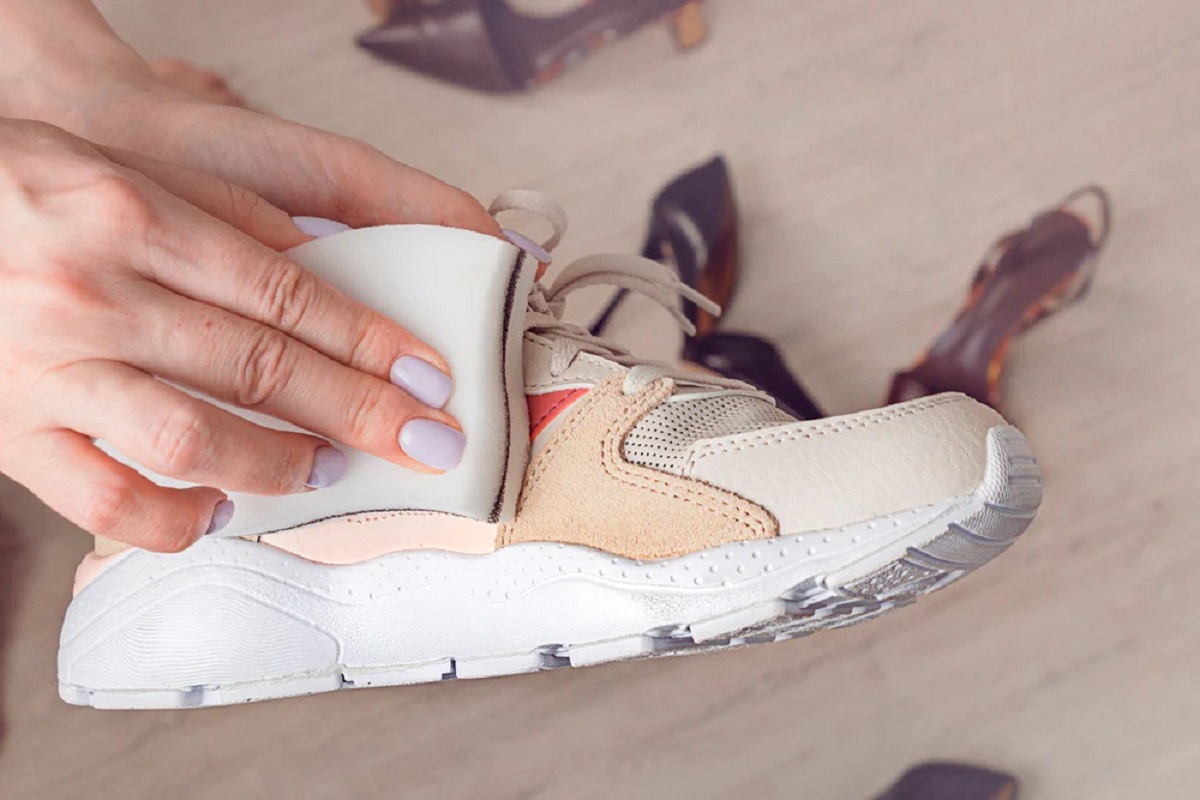

Bathroom Accessories
How To Clean Non-Slip Shoes
Modified: August 24, 2024
Learn how to effectively clean non-slip shoes for bathroom use with our expert tips and recommendations. Keep your bathroom accessories in top condition with our easy-to-follow cleaning guide.
(Many of the links in this article redirect to a specific reviewed product. Your purchase of these products through affiliate links helps to generate commission for Storables.com, at no extra cost. Learn more)
Introduction
Non-slip shoes are a crucial accessory for individuals working in environments where slippery surfaces pose a risk. These specialized shoes are designed with enhanced traction to provide stability and reduce the likelihood of slips and falls. Whether you work in a restaurant, hospital, or any other setting where safety is paramount, keeping your non-slip shoes clean and well-maintained is essential for optimal performance and longevity.
Maintaining the cleanliness of non-slip shoes not only ensures a professional appearance but also contributes to their effectiveness in preventing accidents. By regularly cleaning and caring for your non-slip shoes, you can extend their lifespan and preserve their non-slip properties, ultimately safeguarding yourself from potential workplace hazards.
In this comprehensive guide, we will delve into the importance of cleaning non-slip shoes, the materials needed for the cleaning process, a step-by-step guide to effectively clean non-slip shoes, and valuable tips for maintaining their functionality. Whether you're a seasoned professional or new to the concept of non-slip footwear, this article will equip you with the knowledge and techniques to keep your non-slip shoes in top condition, ensuring your safety and comfort in the workplace.
Key Takeaways:
- Regularly cleaning non-slip shoes preserves their grip, prevents accidents, and promotes a professional appearance, contributing to a safer and more hygienic work environment.
- Using mild detergent, a soft brush, and proper drying techniques, you can effectively clean non-slip shoes and maintain their slip-resistant properties for a safer workplace.
Read more: How To Make High Heels Non-Slip
Importance of Cleaning Non-Slip Shoes
Maintaining clean non-slip shoes is of paramount importance for several reasons. Firstly, cleanliness directly impacts the traction and slip-resistant properties of the shoes. Over time, dirt, grime, and other contaminants can accumulate on the outsoles, diminishing their ability to provide a secure grip on slippery surfaces. Regular cleaning helps to remove these substances, ensuring that the non-slip shoes retain their effectiveness in preventing accidents.
Furthermore, the cleanliness of non-slip shoes significantly contributes to the overall hygiene and safety of the work environment. In industries such as food service and healthcare, where non-slip shoes are commonly worn, cleanliness is essential for preventing the spread of germs and maintaining a sanitary workplace. Clean shoes not only promote a professional appearance but also reduce the risk of cross-contamination, ultimately supporting a healthier and safer environment for both employees and customers.
In addition to functional and hygienic considerations, the longevity of non-slip shoes is closely tied to their cleanliness. Regular cleaning and maintenance help to prevent premature wear and deterioration, preserving the structural integrity of the shoes and extending their lifespan. By investing time in keeping non-slip shoes clean, individuals can maximize the return on their footwear investment while ensuring that the shoes continue to provide reliable slip resistance over an extended period.
Moreover, the act of cleaning non-slip shoes fosters a sense of personal responsibility and professionalism. It reflects an individual's commitment to safety and workplace standards, demonstrating a proactive approach to maintaining a secure and orderly work environment. Clean shoes not only enhance personal comfort but also convey a positive impression to colleagues, supervisors, and clients, reinforcing the importance of safety and attention to detail in the workplace.
In summary, the importance of cleaning non-slip shoes cannot be overstated. From preserving their slip-resistant properties and promoting workplace hygiene to extending their lifespan and upholding professional standards, regular cleaning is a fundamental aspect of caring for non-slip footwear. By recognizing the significance of cleanliness and integrating it into regular maintenance routines, individuals can ensure that their non-slip shoes remain effective, reliable, and conducive to a safe and productive work environment.
Materials Needed for Cleaning
When it comes to cleaning non-slip shoes, having the right materials at your disposal is essential to ensure an effective and thorough cleaning process. Here are the materials you will need to clean your non-slip shoes:
1. Mild Detergent or Soap:
Select a mild detergent or soap that is suitable for cleaning footwear. Avoid harsh chemicals or abrasive cleaners, as they can potentially damage the material of the shoes.
2. Soft-Bristled Brush or Cloth:
A soft-bristled brush or cloth is ideal for gently scrubbing the surface of the shoes, particularly the outsoles and any areas with visible dirt or stains. This tool helps to dislodge debris without causing damage to the shoe material.
Read more: How To Clean Non-Slip Floors
3. Water:
Clean, lukewarm water is essential for diluting the detergent or soap and rinsing off the cleaning solution from the shoes. Ensure that the water is at an appropriate temperature to avoid any adverse effects on the shoe material.
4. Towel or Air Dryer:
After cleaning, you will need a clean towel to pat the shoes dry and absorb excess moisture. Alternatively, an air dryer can be used to facilitate the drying process, especially for the interior of the shoes.
5. Stain Remover (Optional):
For stubborn stains or deeply embedded dirt, a specialized stain remover designed for footwear may be used. However, it is important to test the product on a small, inconspicuous area of the shoe first to ensure compatibility and prevent any adverse reactions.
6. Shoe Deodorizer (Optional):
To combat odors and maintain freshness, a shoe deodorizer can be applied after cleaning. This optional step helps to eliminate unpleasant odors and keep the shoes smelling clean and pleasant.
By gathering these essential materials, you will be well-equipped to undertake the cleaning process for your non-slip shoes. With the right tools and products at hand, you can effectively remove dirt, maintain the integrity of the shoes, and ensure that they continue to provide reliable slip resistance in the workplace.
Read more: How To Clean Non-Slip Bathtub
Step-by-Step Guide to Clean Non-Slip Shoes
-
Prepare the Cleaning Solution:
Begin by preparing a cleaning solution using a mild detergent or soap and lukewarm water. Mix the detergent with water in a small container or basin, ensuring that the solution is well-diluted and suitable for cleaning footwear. -
Remove Laces and Insoles:
If your non-slip shoes have laces, remove them before cleaning. Additionally, take out the insoles if they are removable. This step allows for thorough cleaning of both the shoes and the accompanying components. -
Scrub the Outsoles:
Using a soft-bristled brush or cloth, gently scrub the outsoles of the shoes to remove any dirt, debris, or residue. Pay close attention to the treads and grooves to ensure that the slip-resistant properties are effectively maintained. -
Clean the Upper and Inner Areas:
Dip a clean cloth or brush into the prepared cleaning solution and gently clean the upper portion of the shoes, including the sides and toe box. For the interior, lightly scrub the lining and inner surfaces to remove any accumulated dirt or odor-causing particles. -
Rinse and Dry:
After cleaning, rinse the shoes thoroughly with clean water to remove any remaining detergent. Use a towel to pat the shoes dry, absorbing excess moisture. If necessary, place the shoes in a well-ventilated area or use an air dryer to facilitate the drying process, ensuring that they are completely dry before wearing them again. -
Reassemble and Deodorize (Optional):
Once the shoes are dry, reinsert the insoles and re-lace them if applicable. For added freshness, consider using a shoe deodorizer to eliminate any lingering odors and maintain a pleasant scent within the shoes.
By following this step-by-step guide, you can effectively clean your non-slip shoes, preserving their slip-resistant properties and ensuring that they remain in optimal condition for use in your workplace. Regular cleaning and maintenance will not only prolong the lifespan of your non-slip shoes but also contribute to a safer and more hygienic work environment.
Tips for Maintaining Non-Slip Shoes
-
Regular Inspection: Periodically inspect your non-slip shoes for signs of wear, damage, or deterioration. Check the outsoles for wear patterns, ensure that the treads are intact, and examine the overall condition of the shoes. Early detection of any issues allows for timely repairs or replacements, preventing potential safety hazards.
-
Prompt Cleaning: Address dirt, spills, and stains on your non-slip shoes as soon as possible. Prompt cleaning prevents substances from becoming deeply embedded and compromising the slip-resistant properties of the shoes. By addressing minor issues promptly, you can maintain the effectiveness of the non-slip features and prolong the lifespan of the footwear.
-
Rotation of Shoes: Consider rotating between multiple pairs of non-slip shoes if feasible. Rotating shoes allows each pair to air out and dry thoroughly between uses, reducing the accumulation of moisture and odors. Additionally, it minimizes the wear and tear on individual pairs, extending their longevity and maintaining consistent slip resistance.
-
Proper Storage: Store your non-slip shoes in a well-ventilated area away from direct sunlight and heat sources. Proper storage helps to maintain the structural integrity of the shoes and prevents them from becoming misshapen or damaged. Additionally, storing shoes in a designated area reduces the risk of accidental damage and promotes organization.
-
Use Protective Sprays: Consider using a protective spray specifically designed for non-slip shoes. These sprays can help repel water, oils, and other substances, providing an additional layer of protection against potential contaminants. Be sure to follow the manufacturer's instructions when applying protective sprays to ensure optimal effectiveness.
-
Professional Cleaning Services: For heavily soiled or deeply stained non-slip shoes, consider utilizing professional cleaning services. Professional cleaners have the expertise and specialized equipment to effectively clean and restore the condition of non-slip footwear, particularly in cases where standard cleaning methods may not suffice.
-
Replace Worn Outsoles: As the outsoles of non-slip shoes wear down over time, consider replacing them when the treads become significantly worn or compromised. Worn outsoles diminish the shoes' ability to provide reliable traction, and replacing them ensures that the slip-resistant properties are maintained at an optimal level.
-
Follow Manufacturer's Guidelines: Adhere to the manufacturer's guidelines for care and maintenance, as outlined in the product documentation or on their official website. Following the recommended care instructions ensures that you are preserving the integrity of the shoes and maximizing their performance as intended by the manufacturer.
By incorporating these tips into your routine, you can effectively maintain the slip-resistant properties and overall condition of your non-slip shoes. Consistent care and attention to maintenance not only enhance the longevity of the footwear but also contribute to a safer and more comfortable experience in your workplace.
Conclusion
In conclusion, the cleanliness and maintenance of non-slip shoes are integral to ensuring their effectiveness in providing reliable traction and preventing workplace accidents. By recognizing the significance of regular cleaning and implementing the appropriate care practices, individuals can uphold the functionality, hygiene, and longevity of their non-slip footwear.
The importance of cleaning non-slip shoes extends beyond mere aesthetics, encompassing critical aspects such as slip resistance, workplace safety, and personal hygiene. Clean shoes contribute to a professional appearance while safeguarding against the hazards of slippery surfaces. Moreover, the act of cleaning non-slip shoes reflects a commitment to safety and workplace standards, reinforcing the value of maintaining a secure and orderly work environment.
By following the step-by-step guide to cleaning non-slip shoes and incorporating the recommended maintenance tips, individuals can effectively preserve the slip-resistant properties of their footwear. Regular inspection, prompt cleaning, proper storage, and adherence to manufacturer's guidelines are essential components of a comprehensive maintenance routine. Additionally, the use of protective sprays and professional cleaning services can further enhance the care and longevity of non-slip shoes.
Ultimately, the cleanliness and maintenance of non-slip shoes are essential elements of workplace safety and personal well-being. By investing time and attention in caring for non-slip footwear, individuals not only prolong the lifespan of their shoes but also contribute to a safer, more hygienic, and professional work environment.
In essence, the proper care and maintenance of non-slip shoes are fundamental to their functionality and the overall safety of individuals working in various industries. By integrating these practices into regular routines, individuals can ensure that their non-slip shoes continue to provide reliable slip resistance, supporting a secure and productive work environment for themselves and their colleagues.
Frequently Asked Questions about How To Clean Non-Slip Shoes
Was this page helpful?
At Storables.com, we guarantee accurate and reliable information. Our content, validated by Expert Board Contributors, is crafted following stringent Editorial Policies. We're committed to providing you with well-researched, expert-backed insights for all your informational needs.
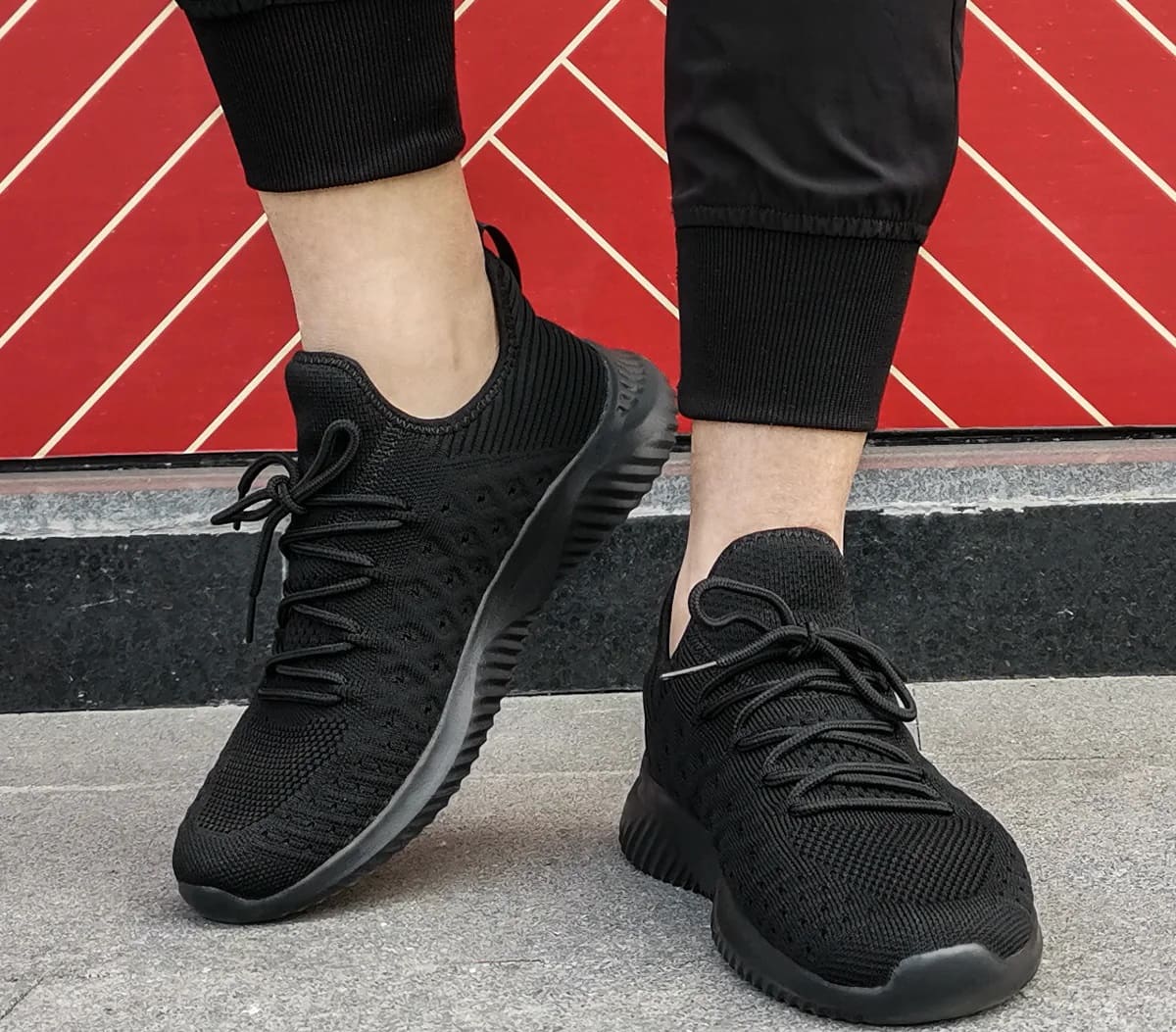
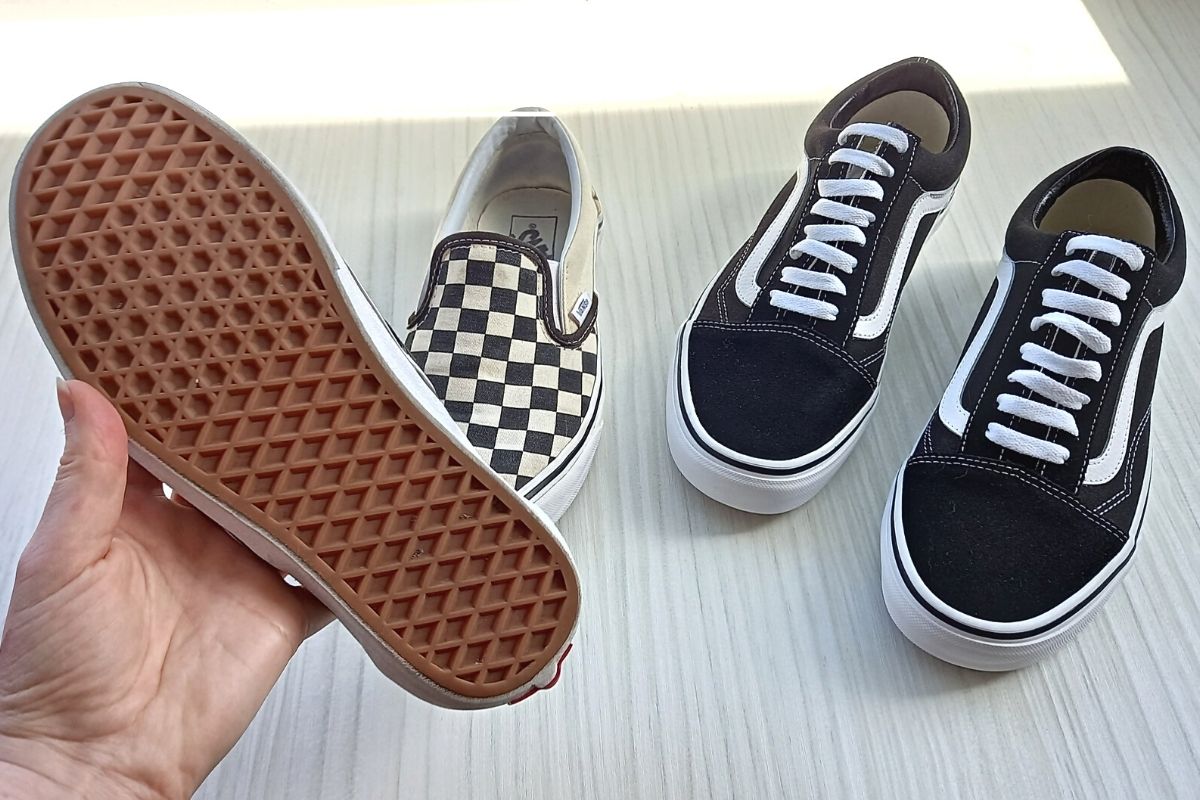
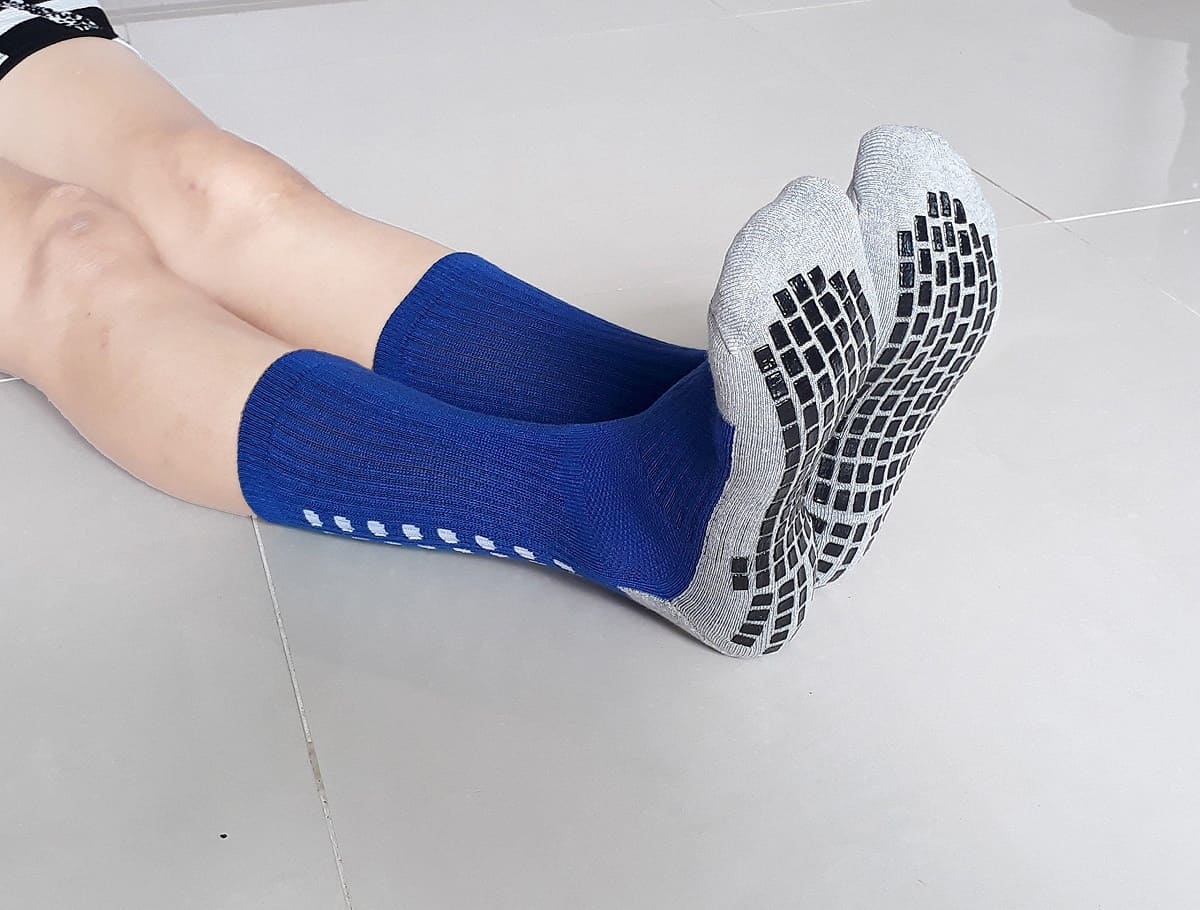
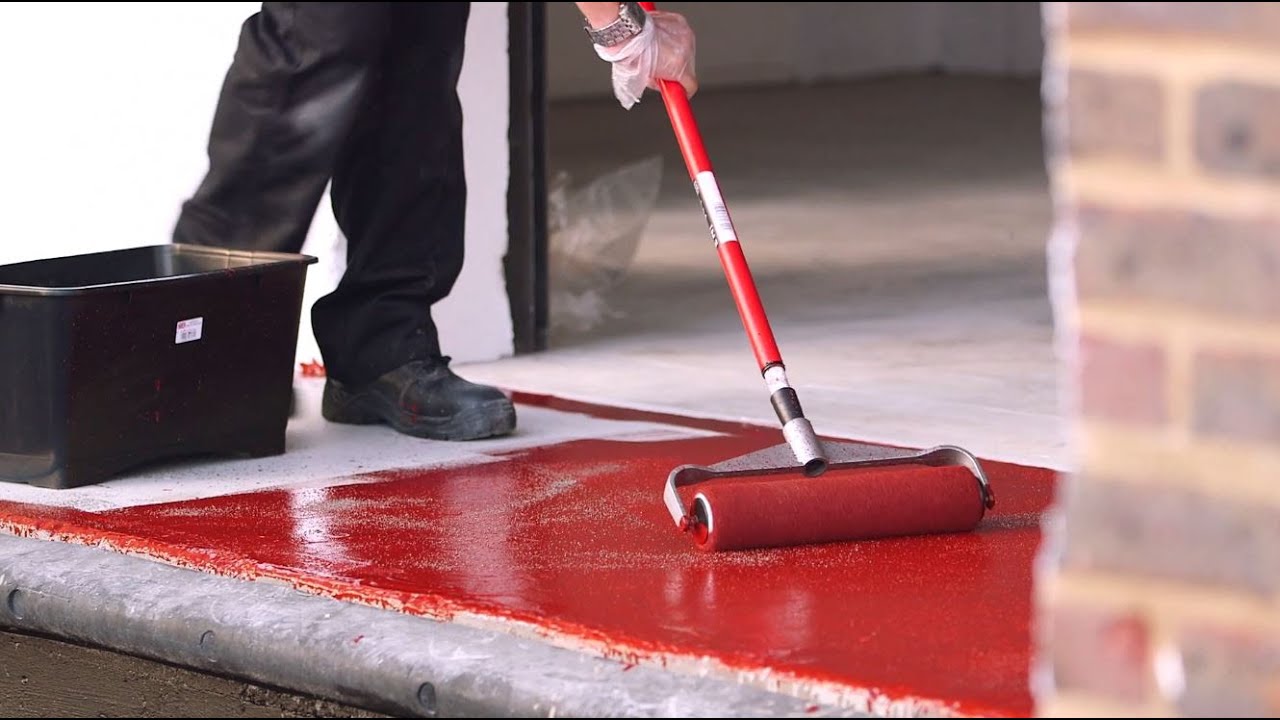
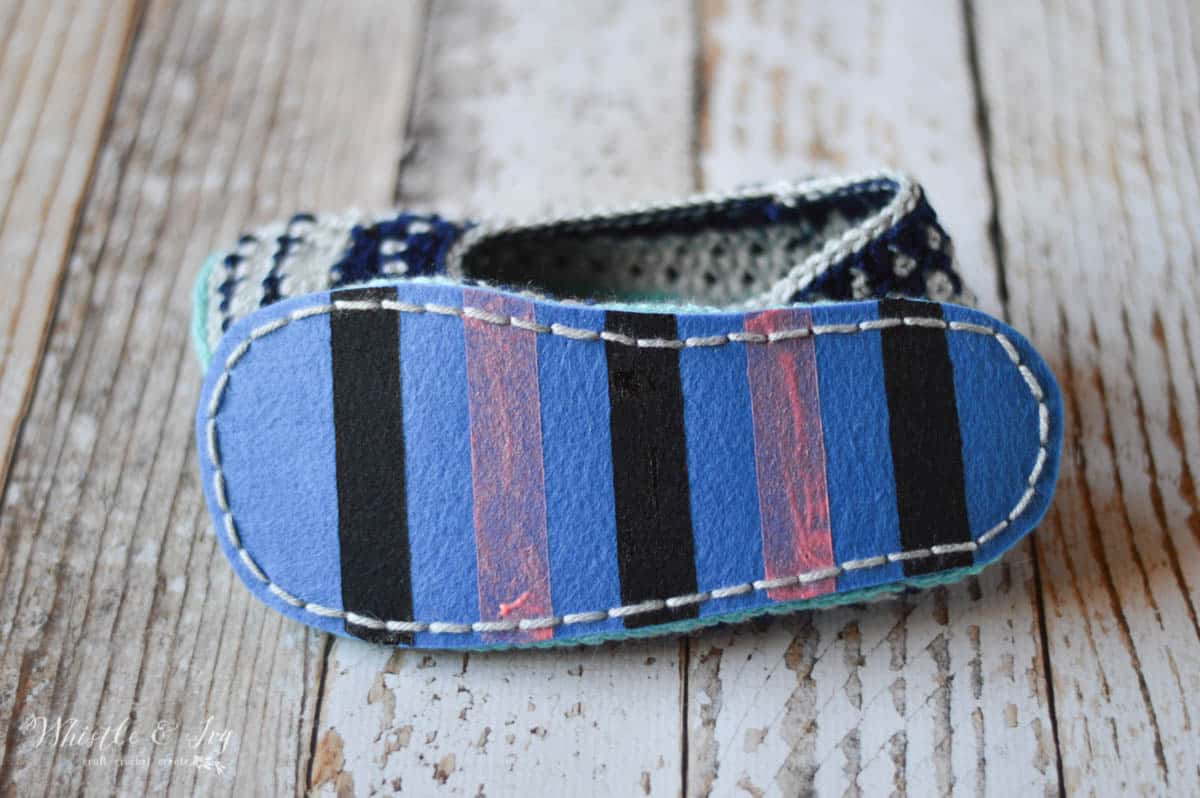
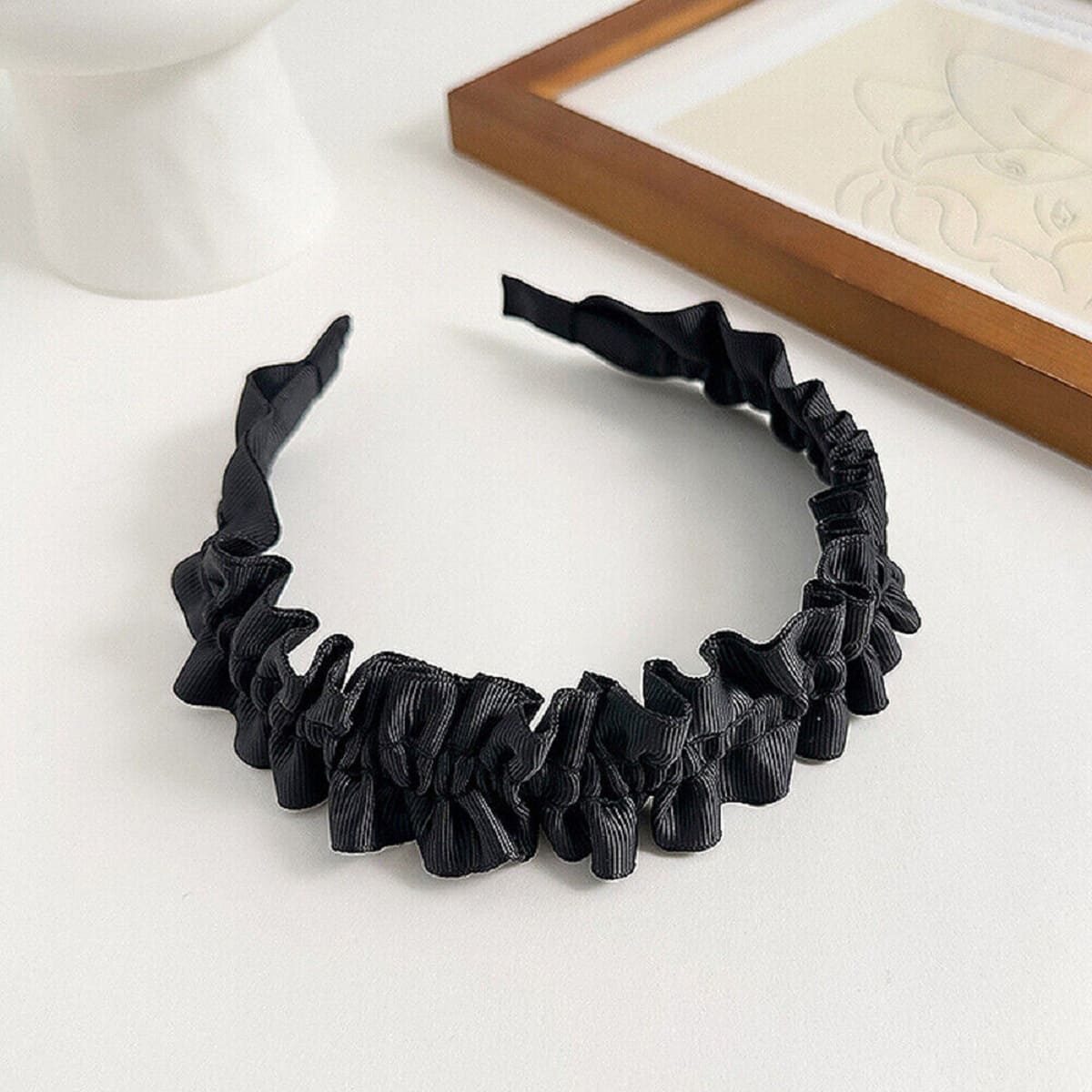
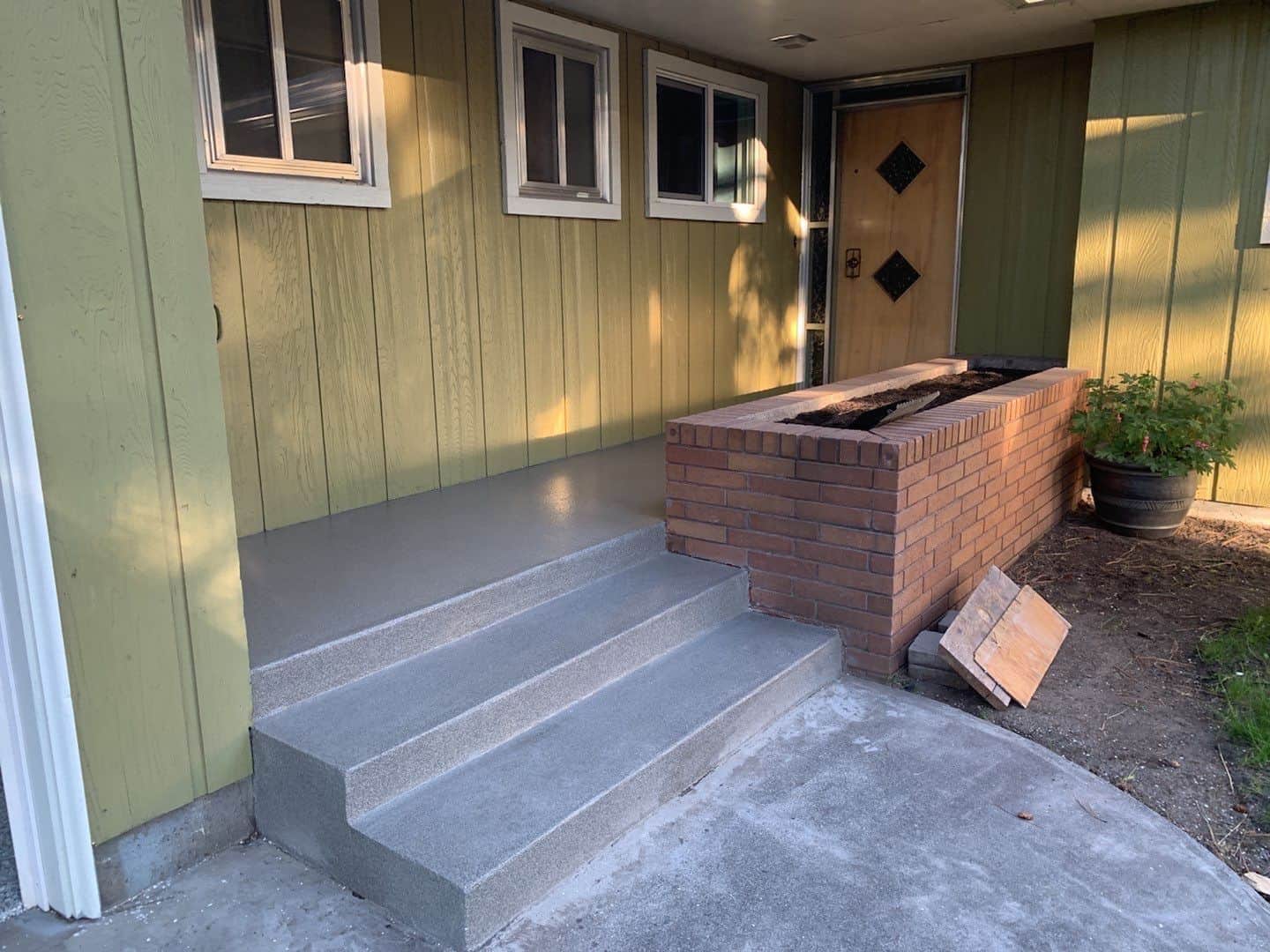

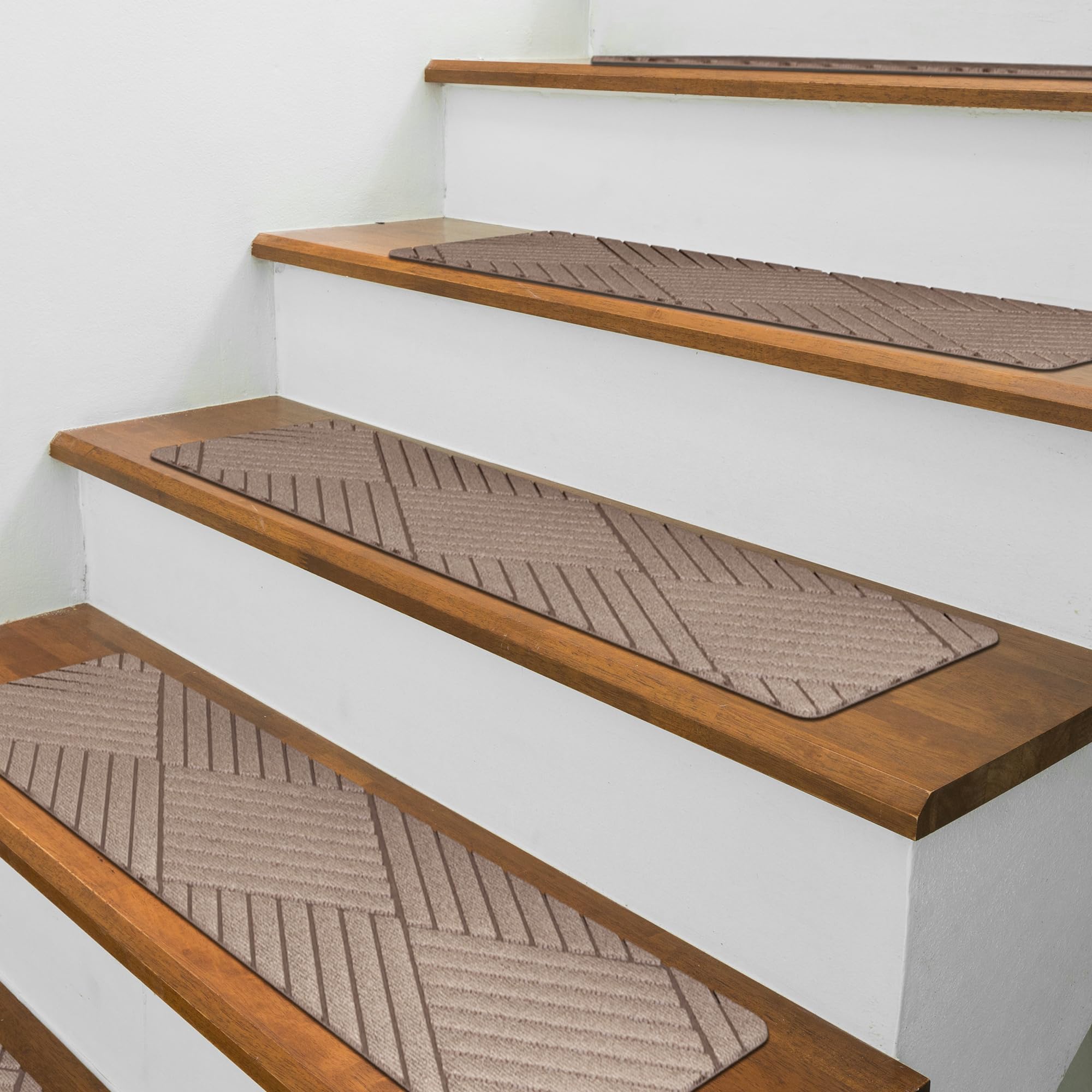
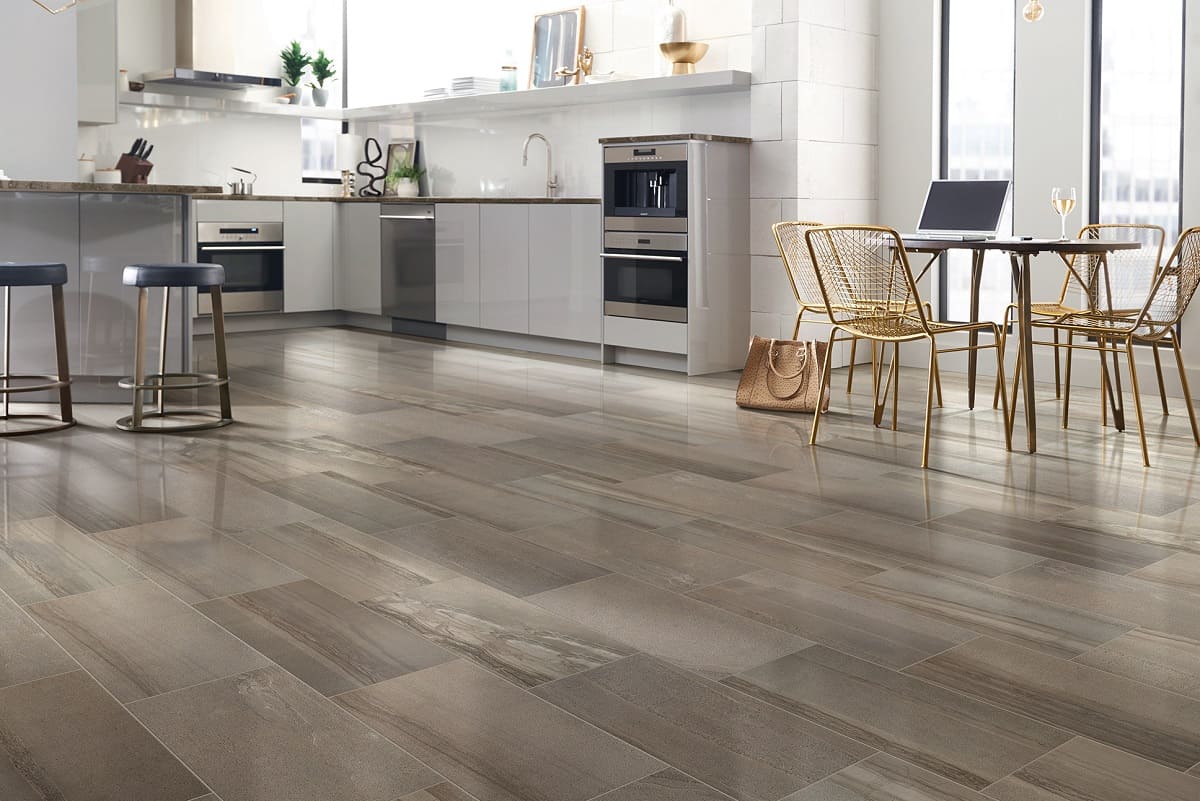
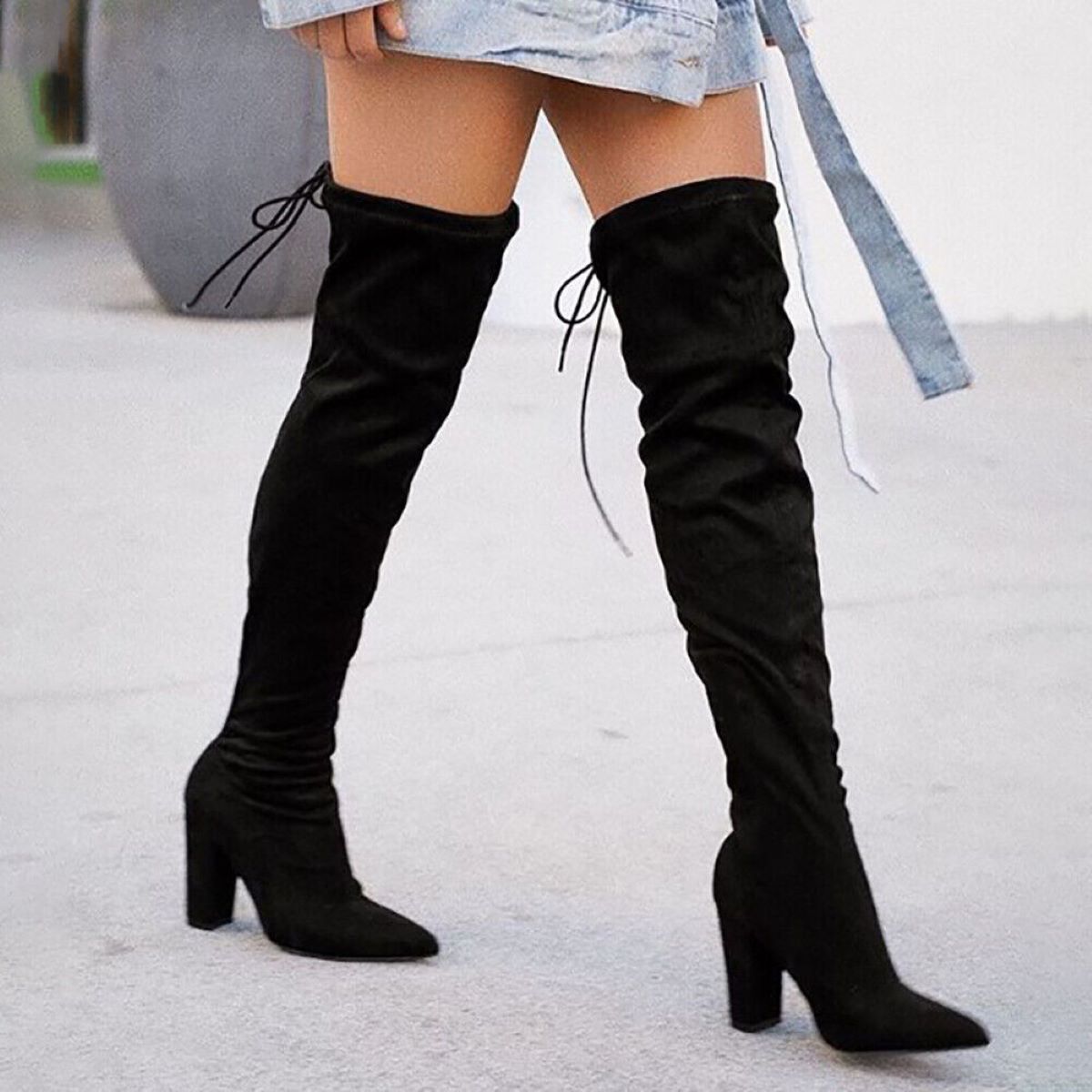
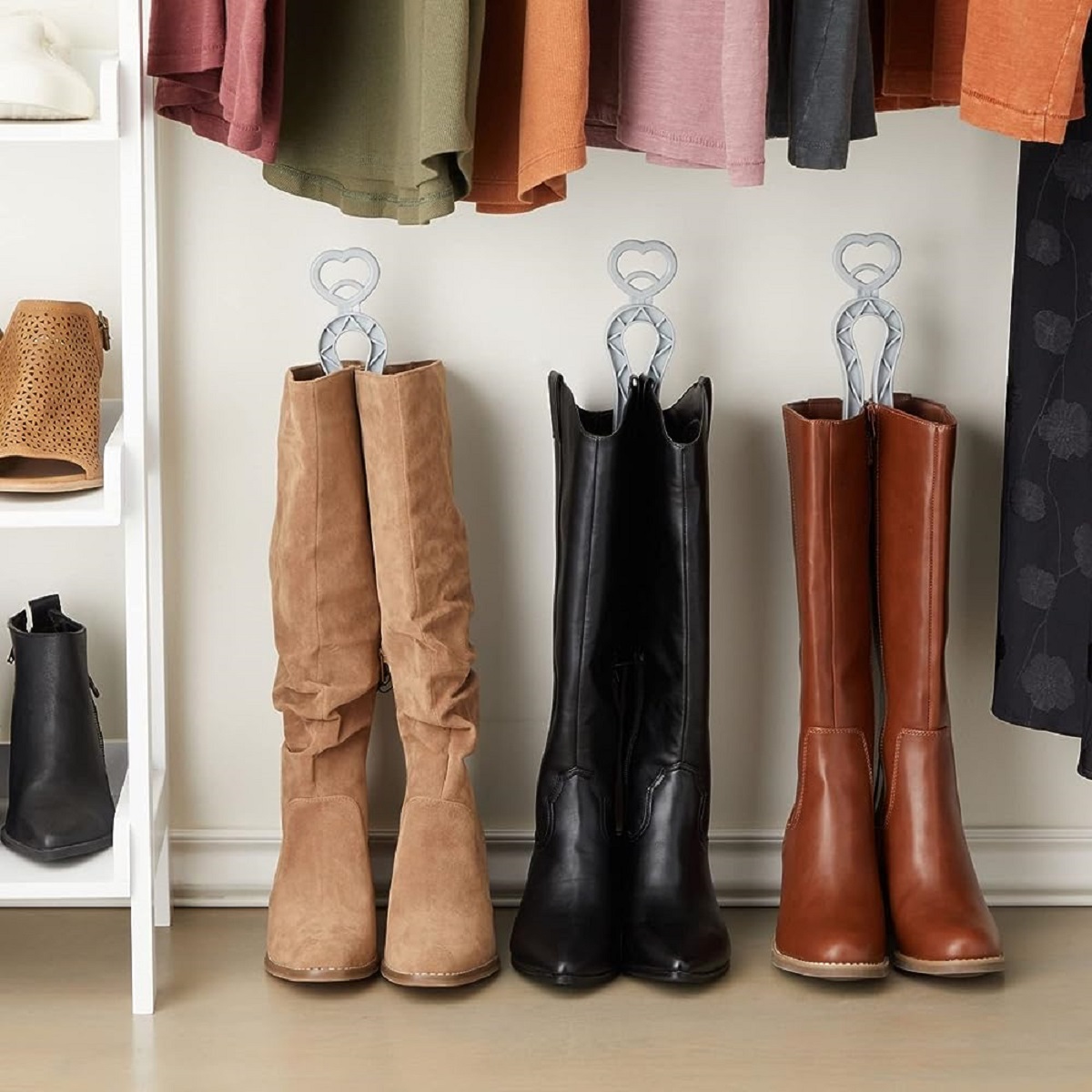
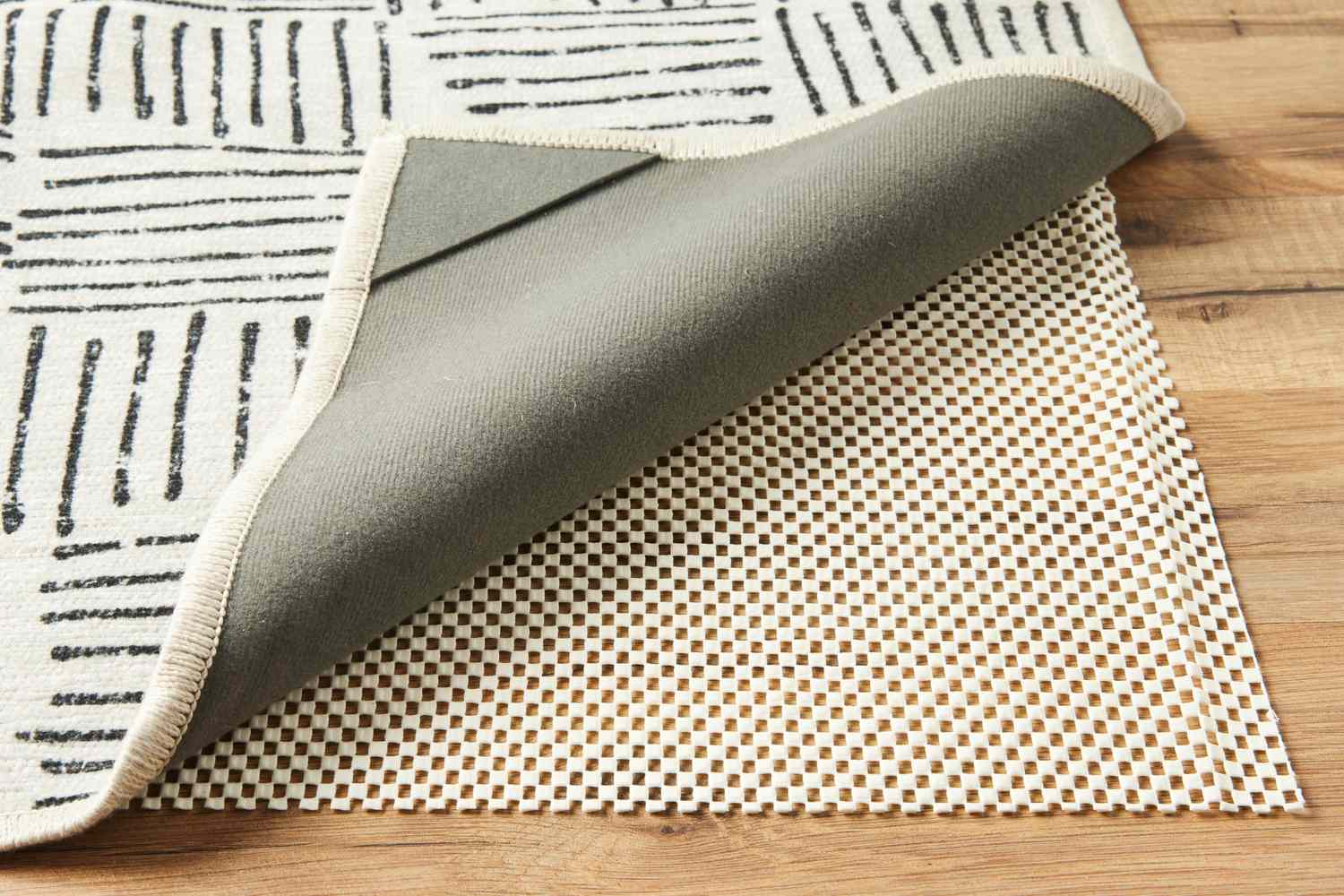

0 thoughts on “How To Clean Non-Slip Shoes”